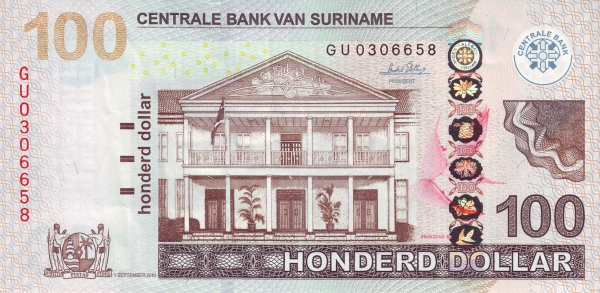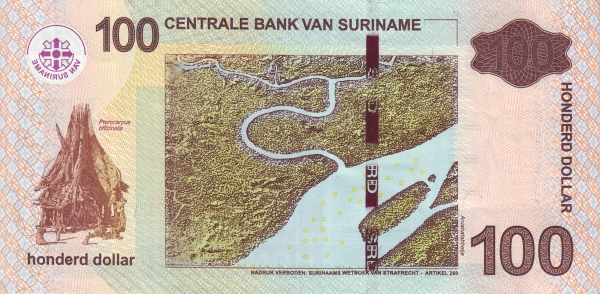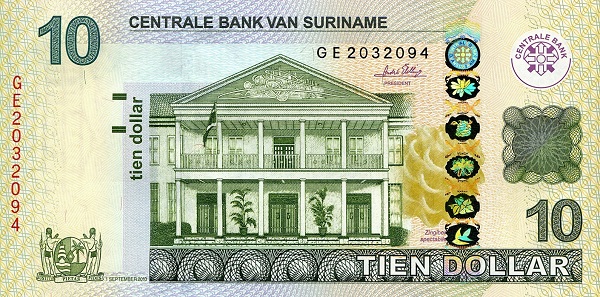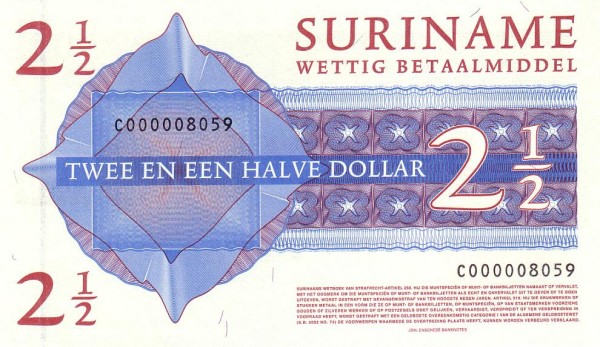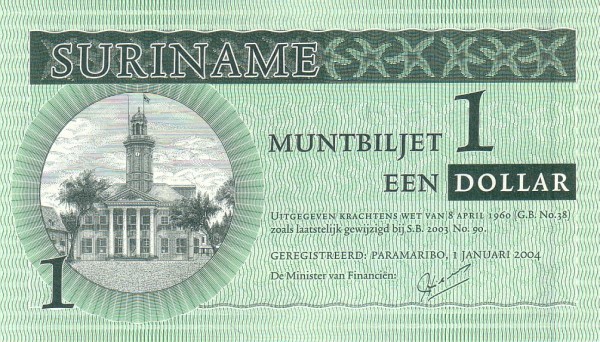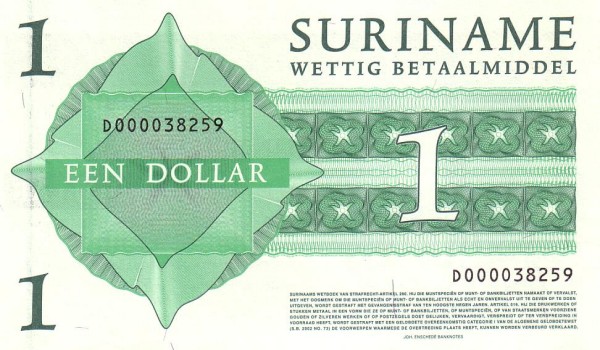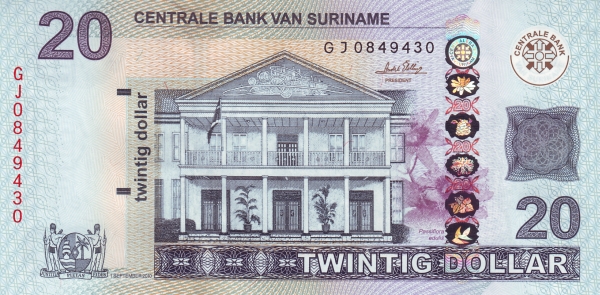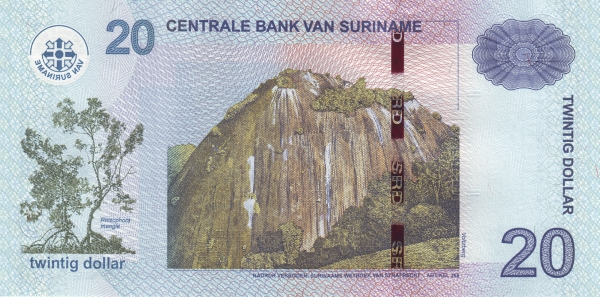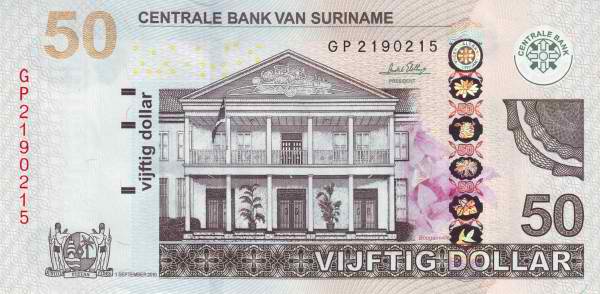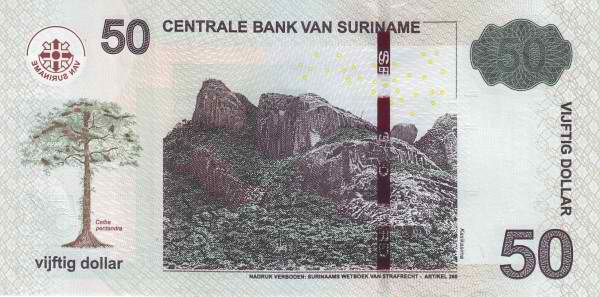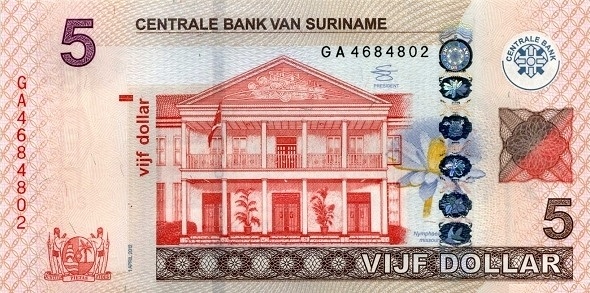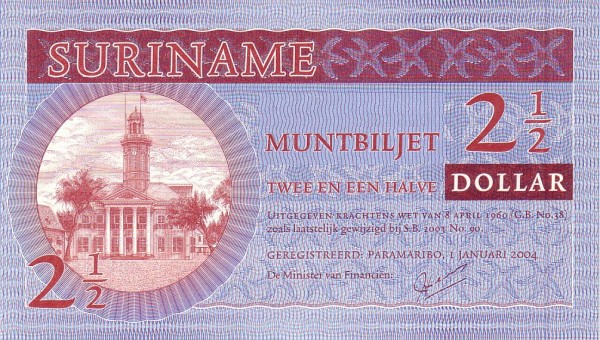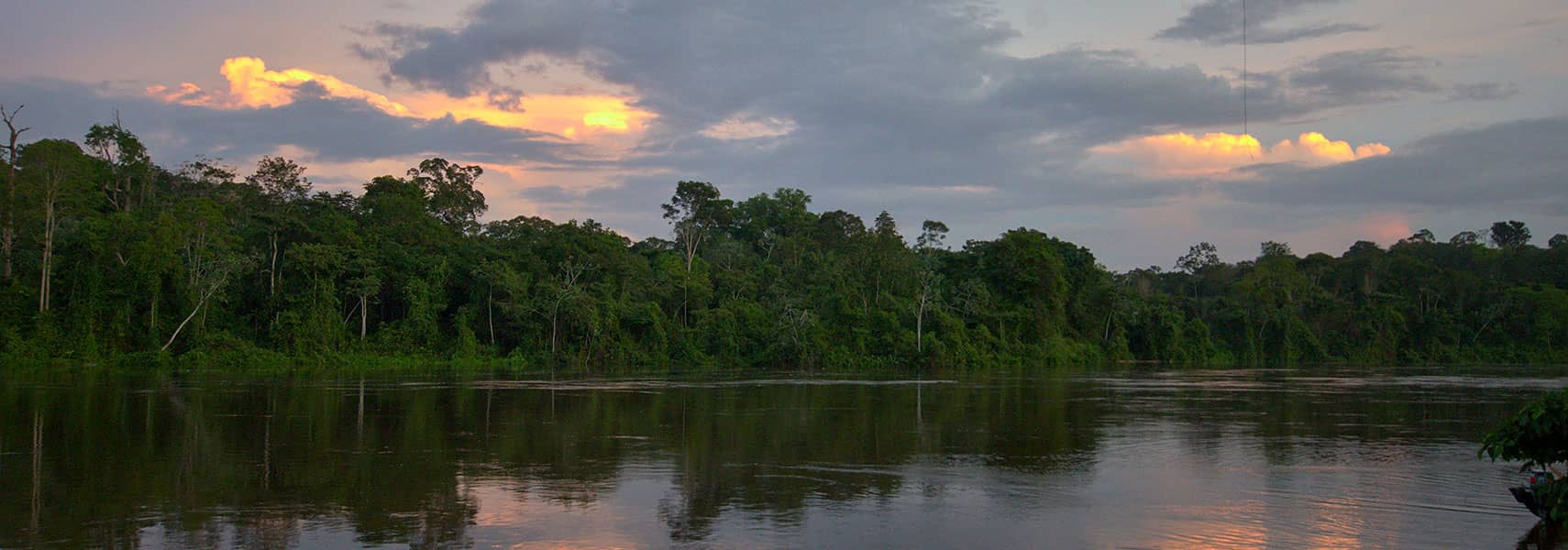Exploring Suriname: A Snapshot of the Land
Suriname, officially known as the Republic of Suriname, stands as a captivating destination in northern South America. Tucked between the North Atlantic Ocean to the north, French Guiana to the east, Guyana to the west, and Brazil to the south, Suriname impresses with its stunning geographical diversity and rich cultural heritage. With an area covering approximately 163,820 km², it is the smallest sovereign nation in South America. Interestingly, Suriname is still about four times the size of the Netherlands, making it slightly larger than the U.S. state of Georgia.
Demographics and Culture
One of the defining characteristics of Suriname is its remarkable ethnic diversity. This nation, home to around 580,000 inhabitants as of 2015, showcases a medley of cultures and languages. The capital city, Paramaribo, serves as a vibrant pulse of urban life and cultural exchange. Dutch officially dominates the language landscape, but many residents communicate in English, Sranang Tongo—a Creole language with deep roots—and Caribbean Hindustani. This tapestry of languages reflects the country's historical influences and social dynamics.
Historical Background
Suriname's journey as a colony began in 1667 when it fell under Dutch rule. Over the centuries, the country has witnessed significant transformations. The abolition of African slavery in 1863 led to the introduction of workers from India and Java. Subsequently, in 1975, Suriname gained independence from the Netherlands, marking a pivotal moment in its history. However, this newfound freedom did not come without challenges. Many Dutch settlers, hesitant about an independent Suriname, chose to return to the Netherlands, indicating the complexities of post-colonial governance.
Political Landscape
The political environment in Suriname underwent drastic changes, especially after a military coup in 1980, which transformed the government into a socialist republic. This military regime maintained its grip on power through various nominally civilian administrations until international pressure catalyzed a return to democracy in 1987. Later, in 1989, a military overthrow occurred again, but democracy prevailed with a government elected in 1991. The political landscape has continued to evolve, with a coalition of eight parties leading until voters brought back former military strongman Dési Bouterse in 2010. He further solidified his position by winning elections unopposed in 2015, reflecting the complexities of Surinamese democracy.
The Geography of Suriname
Geographically, Suriname presents a captivating landscape that transitions from coastal swamps to savannahs and hilly terrains. Suriname is not only the smallest country on the continent, but its varying terrains contribute to its unique ecosystems. The climate here is tropical, significantly moderated by the trade winds, which create a temperate atmosphere conducive to both human habitation and diverse wildlife.
Population Diversity
The Brazilian rainfall biome system, home to vast expanses of tropical forest, significantly influences the ecological landscape of Suriname. In terms of demographics, the Surinamese comprise various ethnic groups. The largest groups include Hindustani (East Indian) at 37%, Creole at 31%, and Javanese at 15%. Bush Negroes make up around 10% of the population, with Amerindians, Chinese, and several other communities contributing to the nation’s cultural tapestry. Each group brings its traditions, languages, and beliefs, making Suriname a unique blend of influences.
Religious Landscape
Religion plays a significant role in the lives of Suriname's citizens. The country practices a spectrum of faiths, including Hinduism, Islam, Roman Catholicism, and several Protestant denominations, including Dutch Reformed and Moravian churches. Additionally, smaller segments of the population adhere to Judaism, Baha'i Faith, and other spiritual practices. This religious diversity further enriches the cultural milieu, fostering a sense of coexistence and mutual respect among varied beliefs.
Natural Resources and Economy
Moreover, Suriname is endowed with abundant natural resources that significantly contribute to its economy. Timber, hydropower, fish, kaolin, and minerals such as bauxite and gold play crucial roles in the country's economic activities. With its lush biodiversity, Suriname also offers lucrative agricultural products, including paddy rice, bananas, and palm kernels, along with livestock such as beef and chickens. These resources not only fuel local consumption but also provide for export markets.
Trade and Economic Outlook
In terms of trade, Suriname's economy relies heavily on exporting commodities such as aluminum oxide, crude oil, gold, and timber. Major trade partners include Switzerland, the United Arab Emirates, India, and the United States. Each of these nations plays a crucial role in balancing Suriname's exports and imports, which mainly consist of capital equipment, petroleum, and foodstuffs. The reliance on natural resources makes economic stability contingent upon global market conditions. Nevertheless, Suriname has potential for growth and development in various sectors, particularly in sustainable tourism, renewable energy, and agriculture.
Suriname's Ecological Wealth
Additionally, Suriname is remarkable for its natural beauty and ecological wealth. The country's rainforests, which cover approximately 90% of its land area, are home to countless plant and animal species, some of which remain undiscovered. This vast biodiversity offers insights into unique ecosystems and underlines the importance of conservation efforts. Sustainable tourism could position Suriname as an attractive destination for environmentally conscious travelers seeking rich natural experiences.
Conclusion: Embracing Suriname's Future
To sum up, Suriname is a small yet prosperous nation filled with cultural depth, historical legacy, and immense natural beauty. As it moves forward, embracing both its diversity and resources will be vital for ensuring sustainable growth and development. The integration of various cultures and traditions contributes to a vibrant national identity. Overall, Suriname promises to be a captivating destination for those who wish to explore its rich heritage and stunning landscapes.
Largest cities of: Suriname
| City Name | Population | Year of foundation | |
| Paramaribo | 240,000 | 1667 | |
| Wanica | 100,000 | 1774 | |
| Lelydorp | 25,000 | 1963 | |
| Nieuw Nickerie | 18,000 | 1746 | |
| Moengo | 7,500 | 1745 |
Suriname: Money
